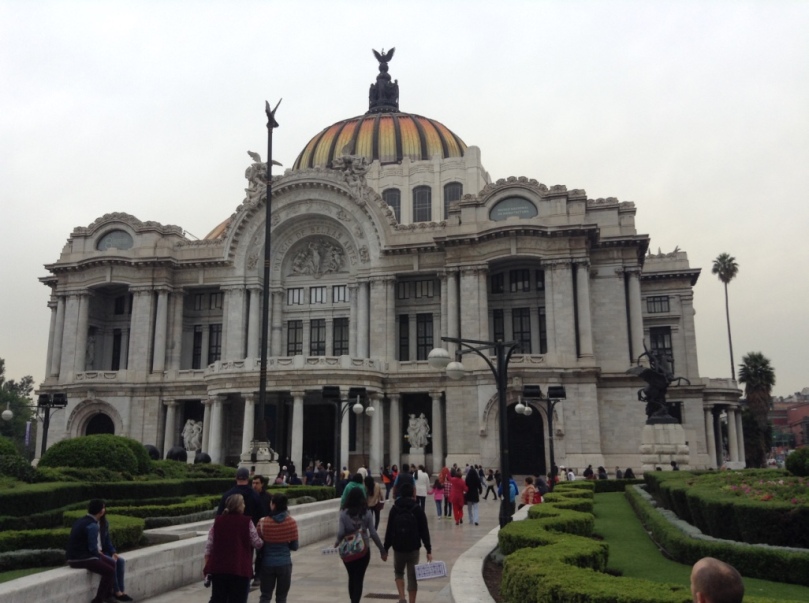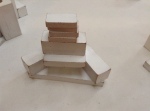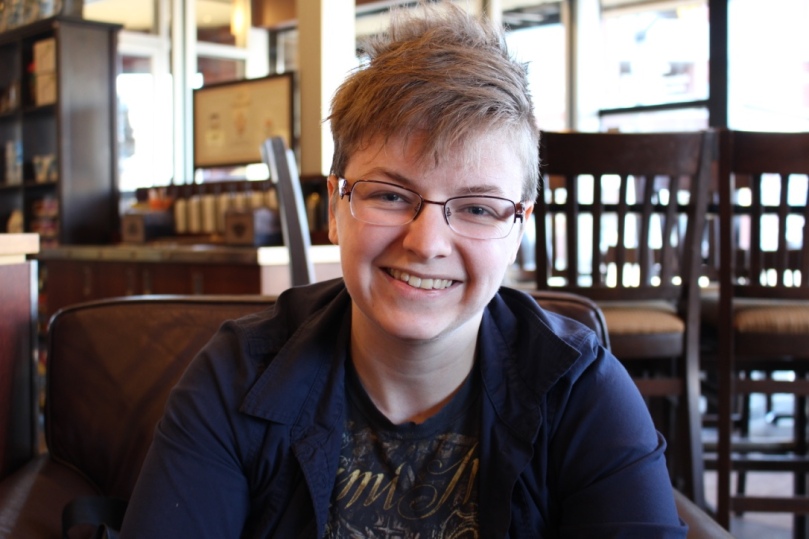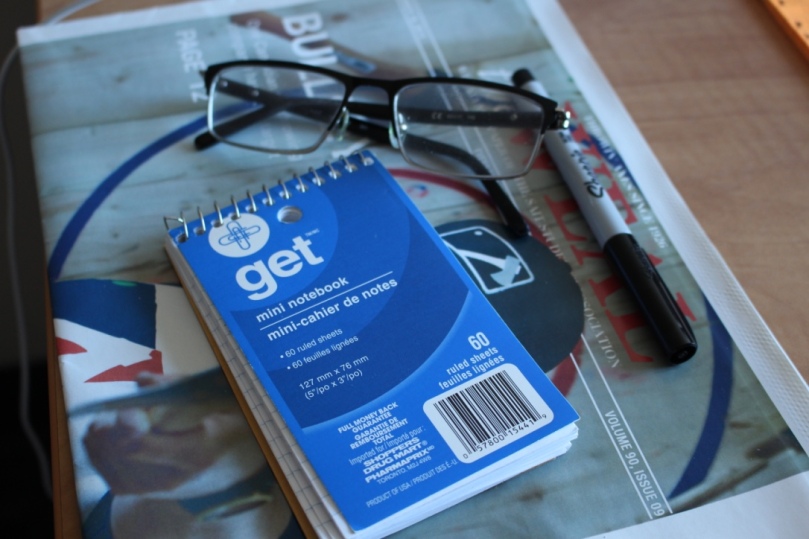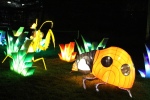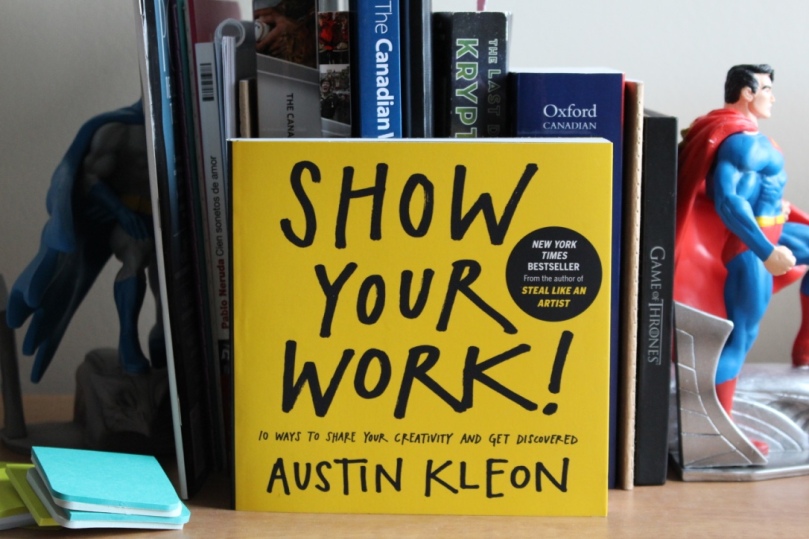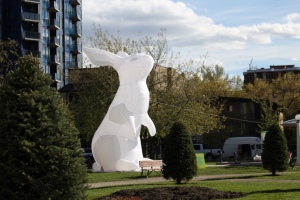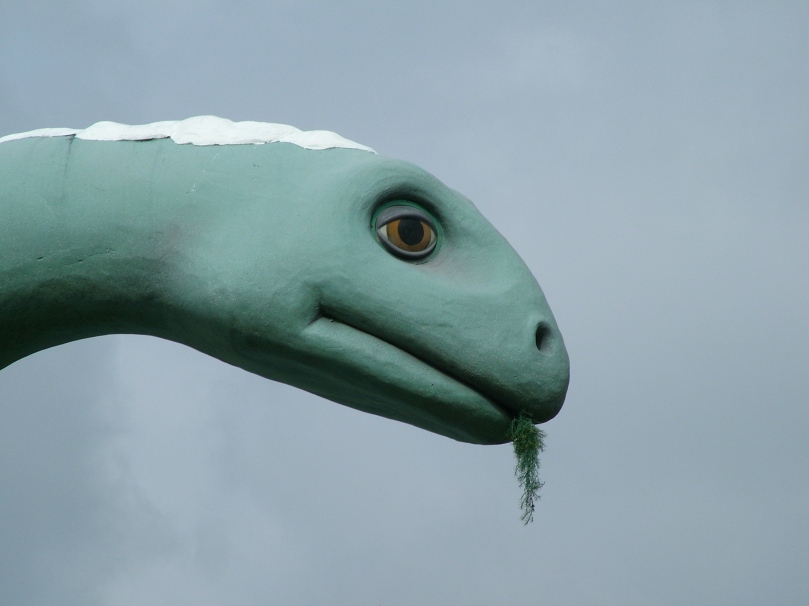
“When he awoke, the dinosaur was still there.”
Believe it or not, that’s one of the world’s shortest stories.
It’s titled The Dinosaur and belongs to Augusto Monterroso (December 21, 1921 – February 7, 2003) a Honduran writer, known for his humorous and ironical style in his work.
When it comes to writing, one tends to think that it’s necessary to count on plenty resources to find inspiration. That stories need to be long in order to deliver meaning.
Take another look at the first line of this blog post. You’ll see that all you need is a powerful idea to welcome as many interpretations as the universe has.
Flash fiction, a style of fictional literature characterized by its brevity, starts showing more presence on the world wide web through sites like Flash Fiction Online and Flash Fiction Magazine.
Micro narrative leads the way to compiling ideas for a longer composition. Sometimes, as a writer, you find yourself jotting down random thoughts without any connection between themselves. This literary style may put them all together.
Another tool that may you help with micro narrative is Twitter. You have 140 characters to tell a story. Great way to train your mind to express in a few words.
Play with ideas and possibilities. Starting small can bring some great results.

